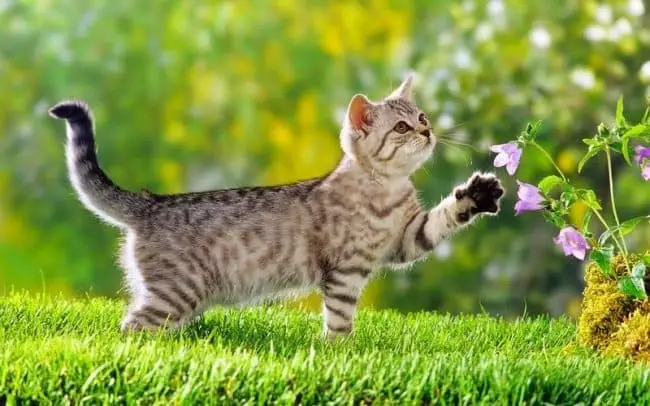As Mothering Sunday approaches, many children are on the lookout for the perfect gift to honor their mothers. However, if those gifts include lilies, cat owners may need to reconsider. Recent events have highlighted the grave risks that these seemingly innocent flowers pose to our feline companions. The Blue Cross animal charity has issued a warning after a two-year-old cat named Simba was admitted to their hospital following a close encounter with these toxic plants.
Simba’s story is not just a cautionary tale; it’s a demonstration of the unawareness that many pet owners have regarding the toxicity of certain household plants. In Simba’s case, her owner was oblivious to the dangers posed by lilies until her daughter stumbled upon information on social media. The cat’s symptoms escalated after she had ingested some of the flowers, ultimately leading her family to emergency veterinary care. Without timely intervention, the consequences could have been dire. This situation sheds light on a critical issue: many pet owners may not recognize the plants that can jeopardize their pets’ health.
Lilies are particularly perilous because every part of the plant, including the flowers, leaves, and pollen, is toxic to cats. Even incidental contact can be detrimental; as cats groom themselves, they may ingest harmful substances that have adhered to their fur. The implications are severe, as the ingestion of lily components can cause acute kidney injury that may be fatal. Veterinary experts, including Caroline Reay from Blue Cross, emphasize that awareness is key in preventing such emergencies. They stress the importance of refraining from bringing these flowers into homes where cats reside.
Cats exposed to lilies may present various alarming symptoms, including but not limited to vomiting, lethargy, dribbling, and unusual behavior. More severe signs involve difficulty breathing, staggering, or even skin irritations. Any cat showing these symptoms—especially those that have been near lilies—should receive immediate veterinary attention. It is crucial for pet owners to be vigilant and proactive rather than reactive in these scenarios.
As the popularity of pet ownership rises, so does the necessity for responsible practices around flowers and plants in our homes. Pet parents should educate themselves thoroughly about safe and harmful flora and make informed decisions, particularly during holidays or celebrations when flower-giving is common. Resources such as the Blue Cross website offer valuable insights into keeping pets safe from potential toxins.
With the increasing need for services like those offered by Blue Cross, animal lovers are encouraged to show their support. Whether through donations or awareness initiatives, community involvement can aid in the ongoing mission of protecting pets and ensuring they live long, healthy lives. Remember, a thoughtful gift should never come at the expense of a beloved pet’s safety.


Leave a Reply